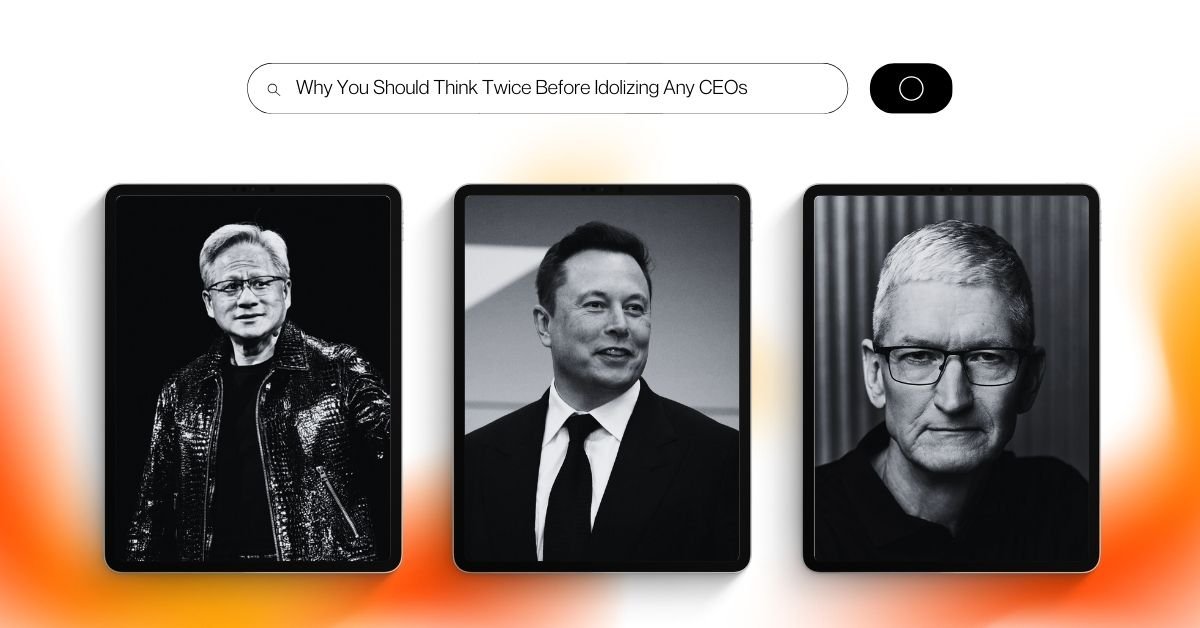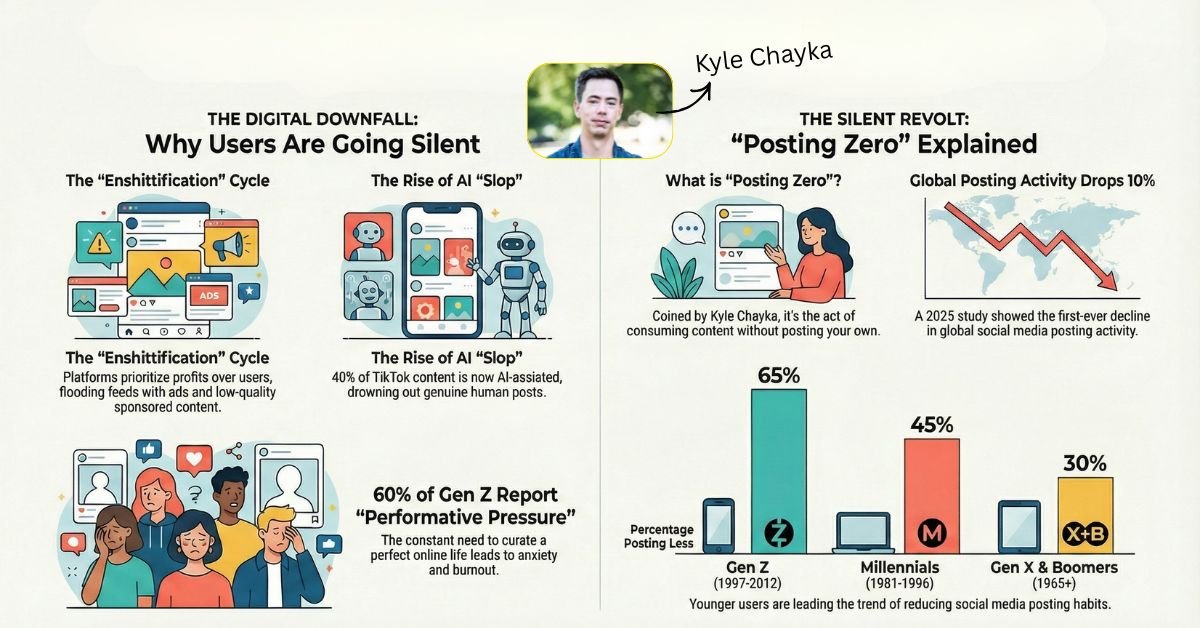Table Of Contents
AI Revolution
Let us face it: Change is hard. Whether switching up your morning coffee order or adjusting to the latest TikTok trend, humans are creatures of habit.
So, imagine the sheer panic that ripples through a large organization when something as monumental as artificial intelligence (AI) shows up, knocking on the door with promises of revolutionizing how things work.
Over the past 15 years, we have watched some of the world’s biggest companies grapple with embracing new technologies.
First, it was mobile, followed by Big Data, the cloud, and digital transformation in general.
Each wave brought challenges, but nothing compares to the storm AI is brewing.
If convincing your grandpa to use a smartphone was tough, try getting an entire company to embrace AI without a full-on meltdown.
The Heavy Burden Of Technical Debt: It Is Like Wearing Concrete Shoes
One of the biggest hurdles to embracing AI is the dreaded technical debt.
Think of it like wearing concrete shoes while trying to swim.
Sure, your legacy systems have kept you afloat for years, but they were not built for the choppy waters of AI.
Moreover, those concrete shoes drag you down as AI comes crashing in.
Technical debt happens when companies take shortcuts to get things done quickly.
It is like slapping a Band-Aid on a broken bone and hoping for the best.
Over time, these quick fixes pile up, creating a tech stack that’s more Frankenstein than Iron Man.
Moreover, with AI demanding a complete overhaul, organizations realize they have serious work to do if they want to stay afloat.
Institutional Inertia: The Unstoppable Force Meets The Immovable Object
However, technology is not the only thing resistant to change—people are, too. This is where institutional inertia comes in.
Picture this: You have worked the same job for 20 years.
You have mastered your routine, and then, one day, someone comes in and tells you that, thanks to AI, everything you have been doing is now obsolete.
It makes anyone cling to their rubber stamp for dear life.
Let me tell you a story. Years ago, I was part of a project to implement a new computer system at a small-town register of deeds.
The old system needed to be fixed. Documents were filed in cabinets, and finding anything was like searching for a needle in a haystack.
The new system was a no-brainer—faster, more efficient, and infinitely more organized.
However, the clerks who had been there for decades were still determining.
They had this glorious, satisfying stamp they used with great pride.
Moreover, they were not about to give it up.
In the end, the system architect had to let them keep their stamp, even though it was completely unnecessary with the new system.
It was a small concession, but it made all the difference.
The clerks finally bought into the change, and the project succeeded.
The moral of the story?
When introducing new technology, sometimes you have to let people keep their stamp.
The Real Challenge: Change Management (Or How to Herd Cats)
This leads to the biggest hurdle of all: change management.
Introducing new technology is about more than just picking out the right tools and plugging them in.
It is about getting people to use them—and to use them effectively.
This is where things get tricky.
AI is not just another tool but a new way of working.
Think back to when PCs first entered the workplace.
That was a massive shift.
Suddenly, everyone needed to know how to use a computer.
The same thing happened with the internet and the cloud.
However, AI is different.
It is not just a tool that helps us do our jobs better; it can also do some of our jobs for us.
Moreover, that is a scary thought for many people.
The trick with change management is getting everyone on board.
It is like trying to herd cats—they all go in different directions, and none want to follow the plan.
However, the results can be excellent if everyone moves in the same direction.
AI: The New Kid On The Block (And It Is Here To Stay)
AI is the new kid on the block, making waves.
Box CEO Aaron Levie points out that this is the first time a computer does the work a person used to do, not just helping a person do that work more efficiently.
It is a whole new ballgame, and organizations need to rethink their approach to work.
Karim Lakhani from Harvard’s Digital Data Design Institute adds that AI is lowering the cost of expertise.
What used to take years of training and experience can now be done by AI at a fraction of the cost.
That is revolutionary, but it is also intimidating.
Organizations need to start rethinking their entire approach to work.
It is no longer about using technology to help humans work better but about figuring out how humans and AI can work together.
This requires a top-down commitment from leadership.
You cannot just tell your team to start using AI and expect it to work.
Leaders must create an environment where AI is seen as a partner, not a replacement.
Is AI All It Is Cracked Up To Be?
One of the big questions on everyone’s mind is whether AI is delivering on its promises.
There is much hype, but how much of it is real?
Companies are investing heavily in AI, but it still needs to be determined if the return on investment exists.
Measuring AI’s impact on productivity is tricky, but clear metrics make it easier to convince everyone in the organization that AI is worth the effort.
Rita Sallam, a Gartner analyst, compares AI to the early days of word processors.
When word processors first came out, the value was not immediately apparent.
It was not about saving money on secretaries but about unleashing creativity and innovation by making it easier for people to write and revise their ideas.
AI could have a similar impact, but it will take time to see those benefits.
The Road Ahead: Surviving The AI Revolution
No one said this would be easy.
Organizations have different levels of maturity, different degrees of technological readiness, and cultures.
However, AI is here and will challenge companies in ways they have never been before.
It is not just about keeping up with the latest tech trends; it is about survival.
Companies that need help to adapt may find themselves left behind.
However, remember, it is not just about the technology.
It is about the people.
Getting AI to work in an organization is not just about installing software; it changes how people work, think, and interact.
That is the real challenge, and companies will need to overcome it if they want to thrive in the AI era.






